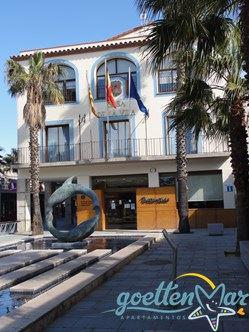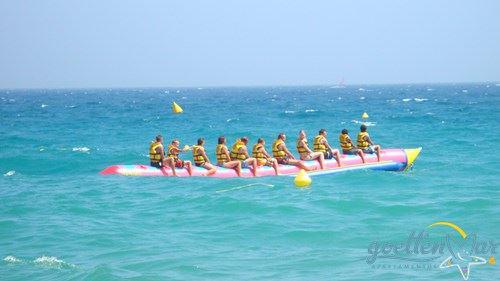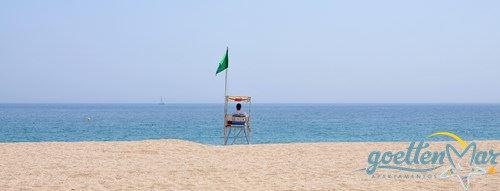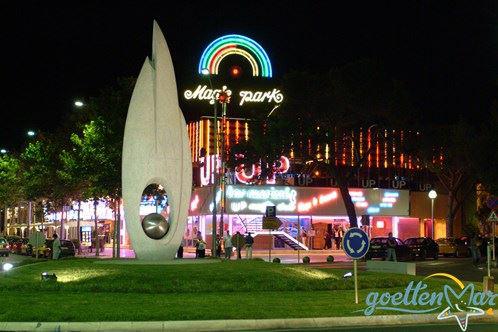Playa de Aro | Girona | Spain
Playa de Aro
Playa de Aro (population 10,000) forms part of a municipality that also entails the tourist town S'Agaró (population 2,500) and the 12th century's historic nucleus Castell D'Aro (population 600). The first houses on the beach stem from the 1920's. Nestled in amidst pine tree, right next to the fitness equipment towards the north end of the beach. These houses were built by families of the Girona Bourgeouisie. At that time, the idea of taking to the beach and enjoying the sand, the sun, and the water, took hold slowly among the general population. following the industrialization and the separation of work and home.
The Beach of Playa de Aro
The beaches and bays of Playa de Aro.
Playa de Aro offers one of the longest sand beaches of the Costa Brava and one of the few that does not allow cars. The beach stretches for about 2km, from the Cavall Bernat (the Riding Gentleman - the symbol of Playa de Aro,) to the Marine Club at the south end of the beach, crossing the Ridaura river (the river of gold).
While walking north towards the town of Palamós., along the famous hiking trail, the Camí de Ronda, one will find lots of little bays with idyllic beaches-
Playa de Aro's beach is cleaned daily, and has acquired the so called "Blue Flag", which premiers the best water quality for swimming and bathing.
Life guards are present throughout the season, daily from 10-18. A Red Cross station helps with minor injuries, heatstroke, etc.
The beach features showers for after beach time, Sun umbrellas and kayak rental is also available throughout the season.
For young children, the city organizes a daytime playarea. There is also a specific zone for football and volleyball.
The beach boardwalk features numerous restaurants, bars and cafés for breakfast, lunch, and dinner. During the summer months, events like concerts and other activities take place along the beach.
At night, the boardwalk is beautifully illuminated and always invites for a night time stroll in the summer breeze,





